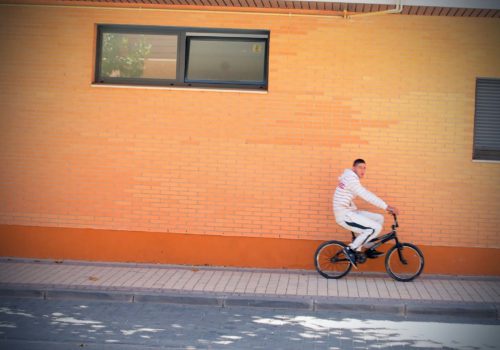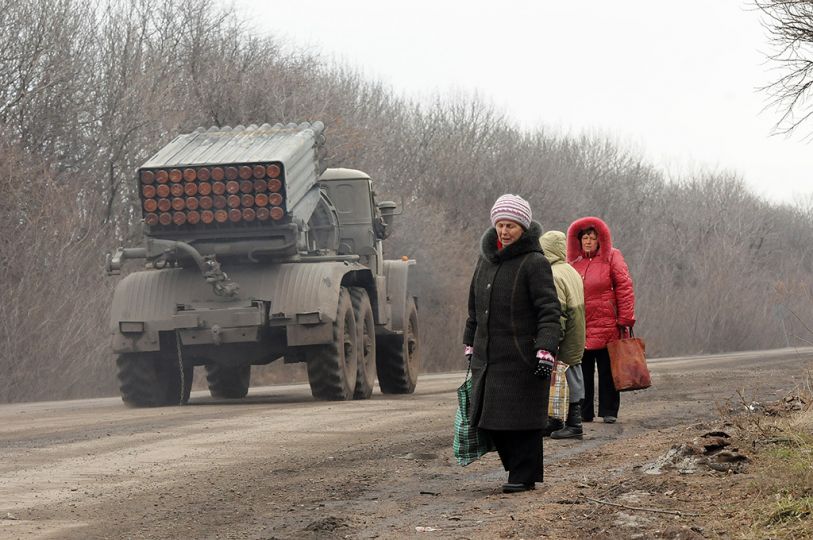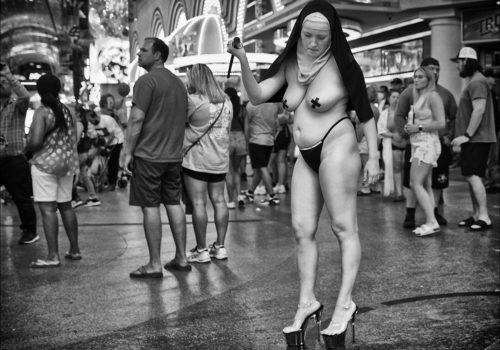The housing crisis in Spain is proof of easy money and poor long term planning. Much like in the US in the late 1990’s with the high tech. bubble, Spain is going through a housing bubble, which has burst with the 2008 world economic crisis. Between 1996 and 2007 the housing market prices increased by 200%, convincing many in Spain to enter this booming market and make quick money. By 2005 the mortgage debt reached astronomical levels of 651 billion Euros, increasing at a rate of 25% each year. In 2004 an astounding 509,293 new properties were built in Spain and the fallowing year 528, 724 new homes. Furthermore no less than 28% of housing in Spain, as of 2008, is vacant. Today the number is well over 30%.
The desire of Spaniards to own a home is not a new notion. In the 1960’s and 70’s the government encourage such purchases, leading to today’s 80% home ownership! Furthermore, the government to boost purchases of real estate introduced a 15% tax deduction. With all these incentives, the Spaniards saw no reason not to invest in housing.
While the orgy continued, banks, investors and private owners lost sight of the real the danger of such financial meddling. Many thought that prices would always go up, but only misinformed and greedy individuals and financial systems kept up the pressure. Many newly built towns fell victim to this nonsense. To cite only a few, around Madrid, many infrastructural projects were put forth and completed without proper long term planning, like Cuidad Valdeluz, which was built for 30 thousand people, but only 900 moved in, or Yebes with only a 10% occupancy. Two brand new airports in Cuidad Real and Castellon-Costa Azahar were built each costing 1.1 billion euros.
Though, the Spanish banking system was known to be one of the most solid in Europe due to its conservative borrowing practices, and one of the best equipped to deal with the current liquidity crisis. Banks are required to have high capital provisions and demand various proofs and securities from intending borrowers. However, this practice was strongly relaxed during the housing bubble..
Furthermore, politicians also got greedy. It was later revealed that most, if not all, Spanish representatives in Congress had strong investments in the housing sector, some having as many as 20 houses. Over time more and more proof emerged about the illicit alliance between the Spanish Central bank and regional governments (Autonomias), which increased, further the housing bubble. Regional banks, called Cajas, also invested heavily in real estate companies, and when the bubble bursts, they all went bankrupt. This lack of vision fomented by an undying will to increase its cash flow, even though it became too risky and unreasonable, the banks, politicians, and individuals lost most of their gains and assets.
As results, many Spanish banks were downgraded to “Junk” status, and Bankia, the largest Spanish private bank, was nationalized on May 9th 2012 and it required a bail out from taxpayer’s money of a waping 23.5 billion Euros to cover loses from bad mortgages.
Though it is easy to blame, banks, politicians, or private owners, the truth is that everyone is responsible for the mess Spain is currently in. Politicians for not diversifying their country’s economy; the banks for investing too much money on risky mortgages; and individuals for buying housing they could not really afford. The EU of course has its fair share of blame. Brussels, as well as the Germans, took advantage of the Spanish Housing bubble by rushing in like a pack of wolves to make money. For instance, German banks had a sizeable lead in the exposures of their asset in Spain, with an estimated 146 billion Euros in the early 2000’s. Germany Landerbanks made enormous profits though they knew that one-day the party would end badly.
Spain entered the crisis with a modest public debt of 36,2% of GDP, which is better then most Western countries, by far. This was largely due to the increase in tax revenue from the housing bubble. As of June 15th 2012, the Spanish debt has reach 72.1% of GDP, still less then the European average of 88%. And if Spain uses its reserve credit line of 100 billion Euros it will reach 90% of GDP.
As a photographer, shooting such a story was a challenge. As a photojournalist used to action and movement, this forced me to step back further and rethink my entire approach on how I was going to shoot the various locations I had planed to visit. The most notable aspect of the Spanish housing crisis is how empty and desolate most of these towns are. Roaming around with my cameras around my neck was not good enough to get the shots I was looking for. I also had to anticipate where people could be and how I could enter their lives in such a way that it would show a more intimate aspect of their lives. Sometimes, I would spend hours walking around some of these ghost towns without seeing more then half a dozen people strolling around empty streets. Photographing these people living in these towns was even more challenging as they often refused to have their picture taken, mostly due to their pride, which was shaken by the fact that their nation is under serious economic stress.
After I was done focusing on the various ghost towns dotting central Spain, I concentrated on the second part of my work: Foreclosures. In Madrid proper, the banks are throwing people from their homes for failure to pay their bills and evicting hundreds of families. In southern suburban Madrid, where many immigrants from Africa and the Middle East live, the situation is more difficult. Most of these immigrants moved to Spain during the housing boom, picking up construction jobs. With the crisis, all of these jobs disappeared. Out of luck and out of work, these immigrants ran out of money fast. I got to meet and spend some time with African from Mali and Nigeria who are suffering from these conditions. These families were eager to show to the world how they have been abandoned by Spain and their country of origin , many now wish to return home to be reunited with their families. For many immigrants, whether they are from Africa or South America, the European dream is dead: so dead in fact that the financial perspective looks better back home then on the old continent.
For many pessimists, such as myself, the long-term outlook of Europe is more then bleak. The inability of European leaders to agree on strong economic reforms is only proof of weak governments.
Jonathan Alpeyrie


















